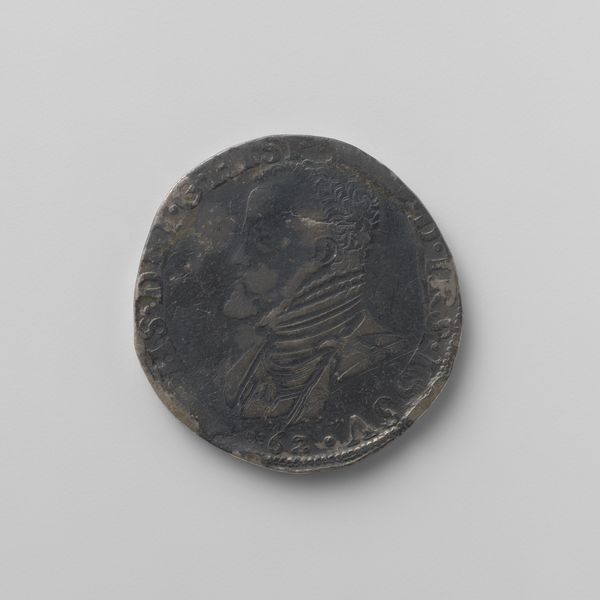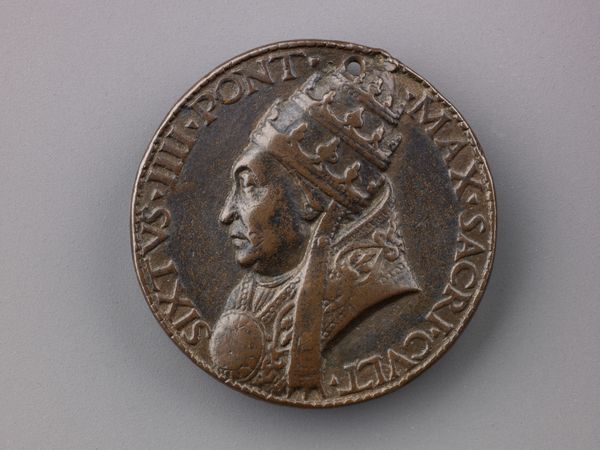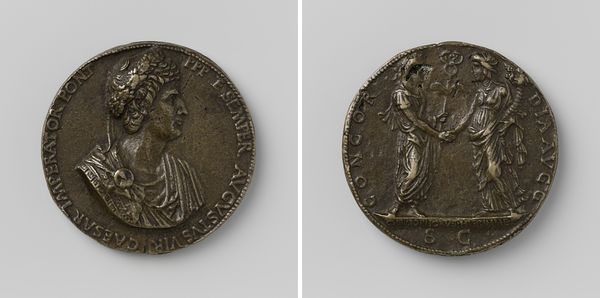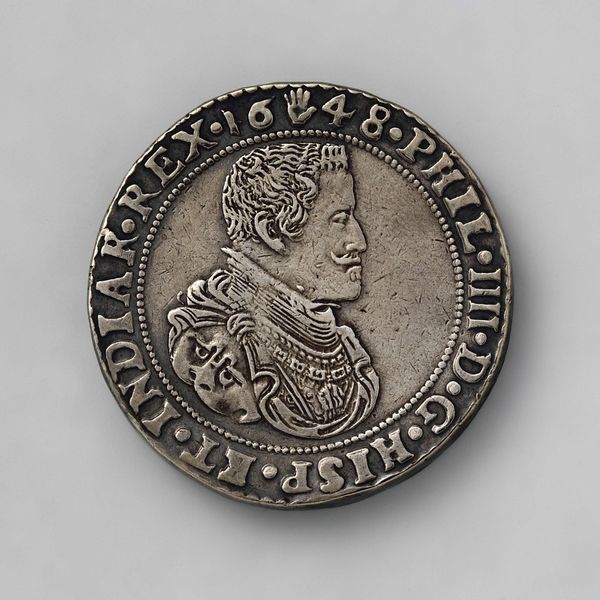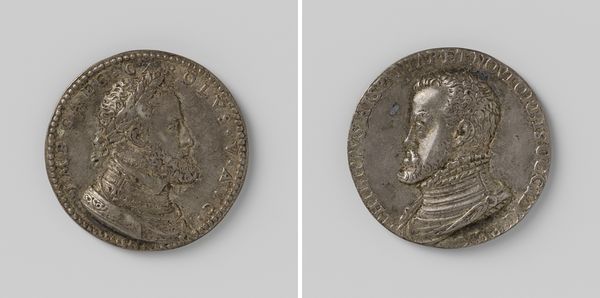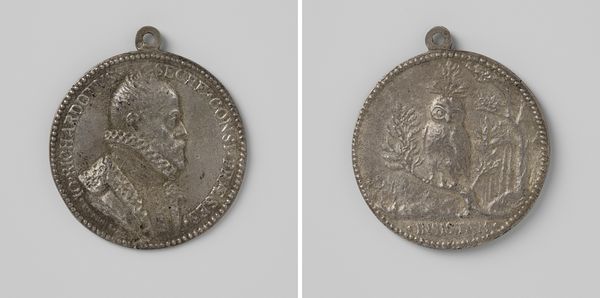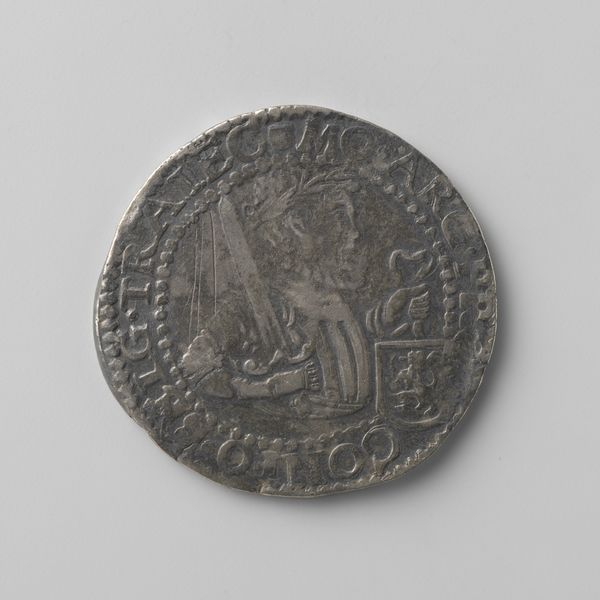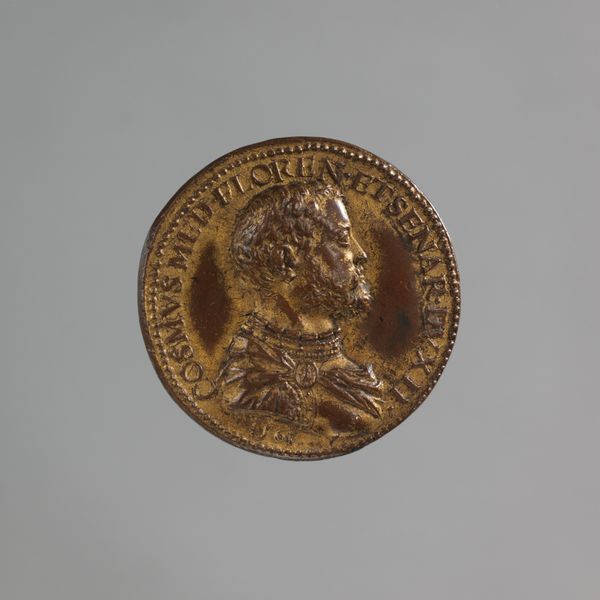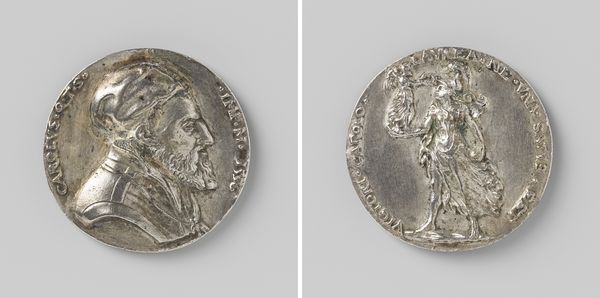
bronze, sculpture
#
portrait
#
medal
#
sculpture
#
bronze
#
ancient-mediterranean
#
sculpture
#
italian-renaissance
Dimensions: Diam. 4 cm, wt. 30.13 g
Copyright: Public Domain
Curator: Here we have a bronze medal created around 1471 by Lysippus the Younger. It depicts Sixtus IV, Pope from 1471 to 1484. You will find it in the collection of the Metropolitan Museum. Editor: There's a rather severe, almost cold quality to the portrait, don't you think? The fine detail in the papal vestments is stunning but somehow it amplifies that sense of rigid authority. Curator: Absolutely. Medals like these were carefully crafted objects, showcasing the patron's power and status. The choice of bronze is interesting; it was a material strongly associated with classical antiquity, a deliberate link back to the Roman emperors. Editor: And power dynamics were surely in play in terms of its consumption. Who would own such an object, and what political message was it designed to deliver? The inscriptions around the perimeter – are they classical in nature? How do they position Sixtus IV in relation to past rulers? Curator: Yes, they were directly inspired by ancient Roman coinage and medal making. Its production relies upon specialized labour from the design to the casting and finishing—each stage demanding significant expertise. Think about the workshops producing these; where were they situated, and who were the artisans involved? This wasn't just a symbolic representation of power, but an object forged through complex systems of labour and material sourcing. Editor: Right, because looking at Sixtus IV also prompts questions of gender and the Papacy as an institution. Consider his role and visibility, compared with the limited options and agency of women during this historical moment. How does this representation of authority challenge or perpetuate patriarchal structures within the church? Curator: That's a compelling point. Thinking about this object in the broader context of the Renaissance, it shows how powerful individuals leveraged classical art traditions for distinctly contemporary needs. Editor: Indeed. Considering who commissioned and displayed this medal also unlocks an understanding of its place within both art and social history, revealing both power structures of the period, and how art worked to reinforce such ideology. Curator: A potent reminder that these objects speak volumes about more than just aesthetic trends and techniques. Editor: Exactly. And prompt essential reflections when viewing artistic representations of power throughout history.
Comments
No comments
Be the first to comment and join the conversation on the ultimate creative platform.
